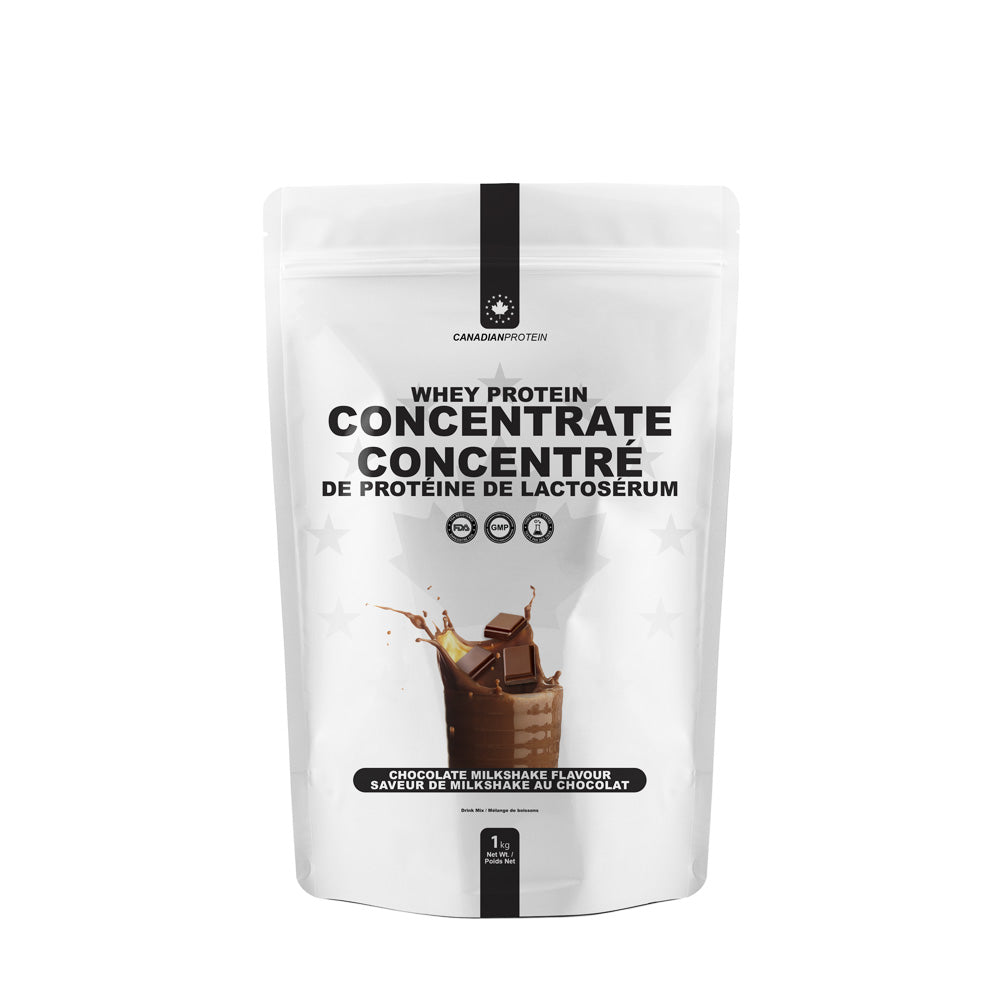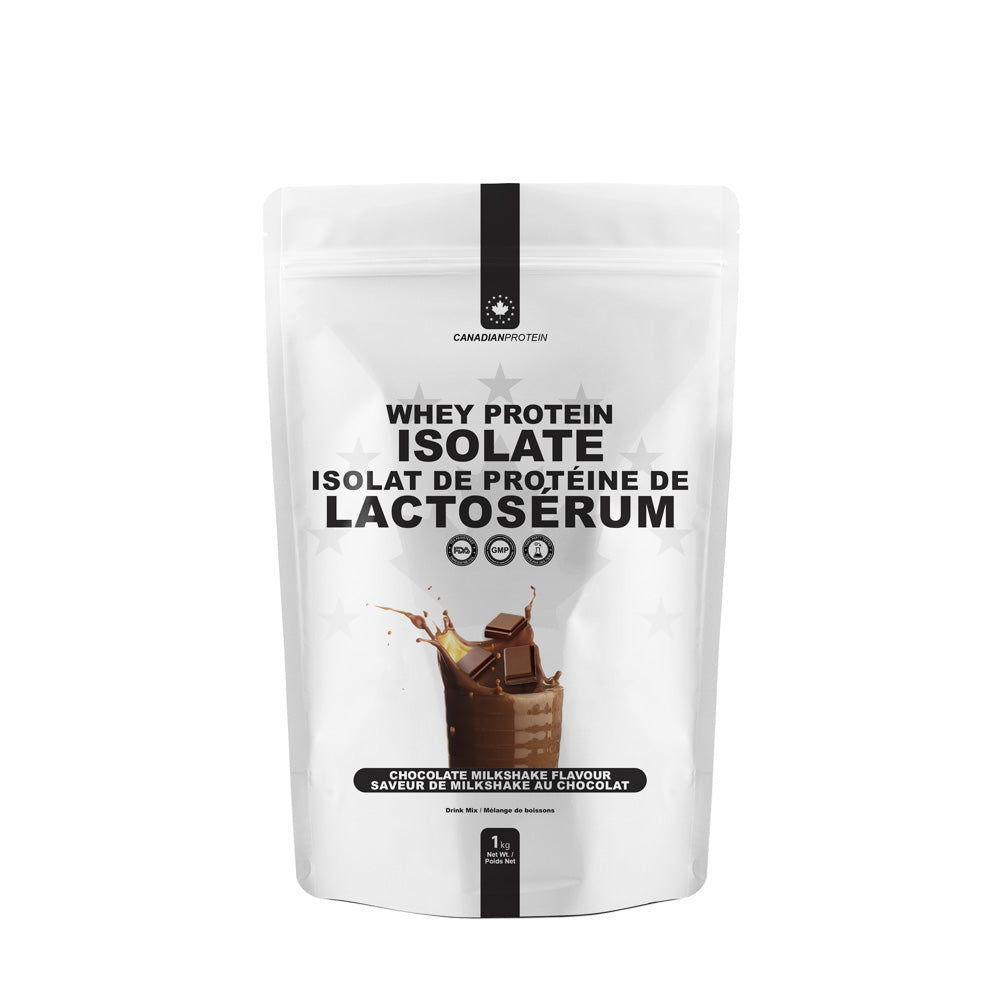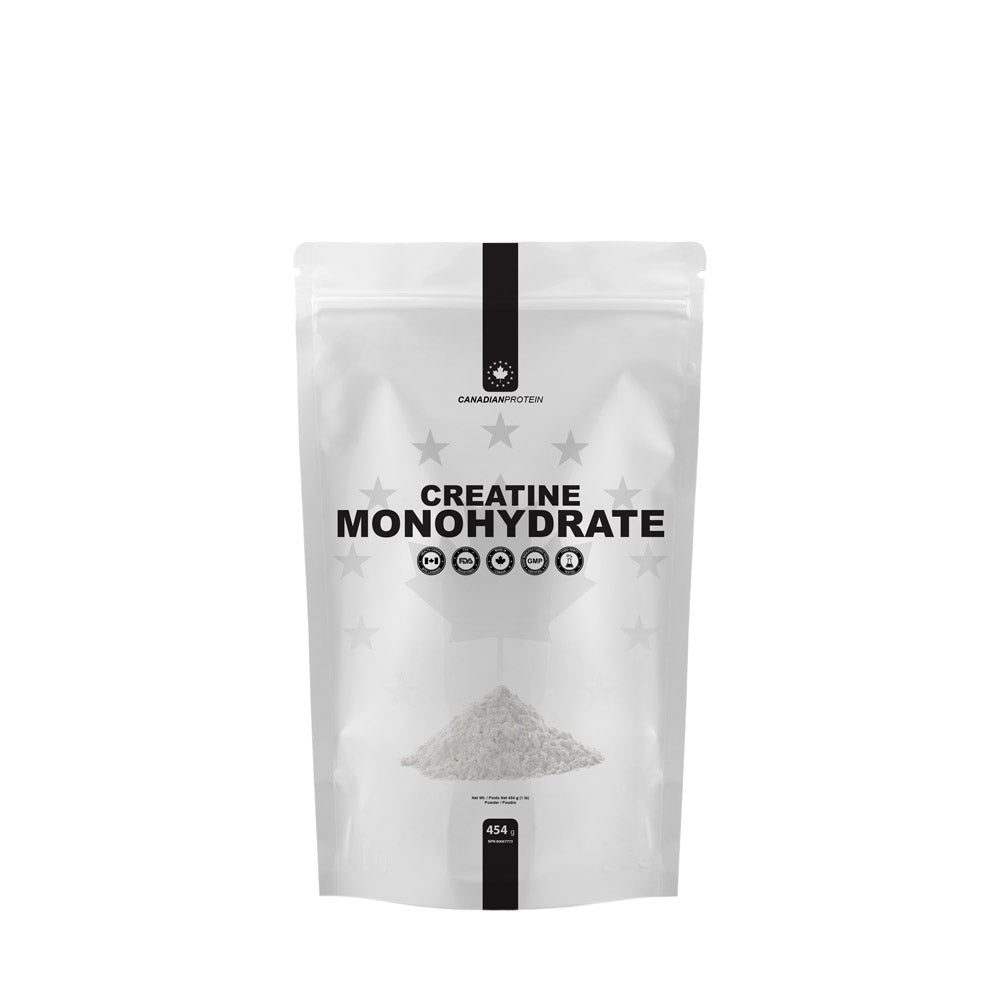When it comes to weight training and resistance training, it’s probably pretty safe to say that everybody has an opinion on these subjects and everybody is an expert on these subjects in their own minds. The problem is that a good percentage of these people are not experts at all and are simply repeating second hand advice they heard from one of their friends or what they read in some Z-list celebrity gossip magazine. The problem is because of this, unless you are a true expert on the subjects, you don’t know whether you’re coming or going. You will perform one exercise and somebody will tell you it’s no good and you should be doing something else. You’ll do another and will again get the same thing. People tell you what you should and shouldn’t eat, and much more besides. People often claim that when it comes to your hormone levels, weight lifting and exercise in general does not affect your hormones in the slightest, but that is simply not the case. Testosterone levels for example, can naturally be increased via exercise, particularly weight lifting, so let’s take a more in-depth look, shall we?
What is testosterone?

Testosterone is the dominant sexual hormone in men and it is responsible for fertility, libido, aggression, muscle mass, strength, size, metabolism, and much more besides that. It is also naturally present in women, just not in as high a dosage as in men. Testosterone plays a key role in muscle strength, growth, and recovery, which is why some anabolic compound users actually inject testosterone into their bodies, in a bid to naturally increase their test levels. This however, is not safe and is incredibly dangerous and reckless. In men, between the ages of around 30, up to around 80, testosterone levels in men begin to naturally decline, meaning it becomes more difficult to gain muscle, the metabolism slows so it becomes easier to gain fat and harder to lose it again, and libido and fertility levels can also decrease.
Can weight lifting increase testosterone levels?
You bet it can, and it does! There are numerous studies that have revealed that exercise, particularly weight training, can stimulate the release of natural testosterone levels within the body. Studies have found that even low intensity exercise such as steady state cardio can contribute towards the release of testosterone, but by far the most impressive results were yielded by individuals who were incorporating heavy compound lifts into their weekly routines. Studies have found that T-levels were up to twice as high in gym-goers who regularly incorporated heavy compound exercises into their routines, compared with people who had slightly less-intense gym sessions. What’s more interesting is that compound leg-based exercises such as barbell squats or stiff-legged deadlifts produced the most Testosterone, which experts believe is due to the fact that the leg muscles, particularly the quadriceps, are the largest muscles in the body. Generally, compound exercises have been found to be the most effective, especially those that work the legs, so, the next time you’re thinking of skipping leg day, think about the gains you could be missing out on.













